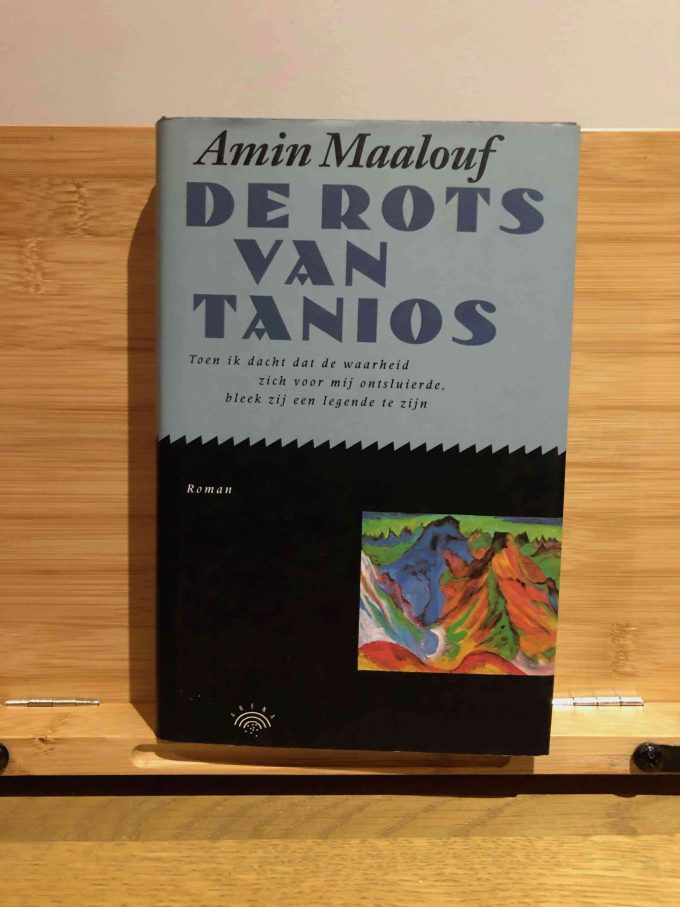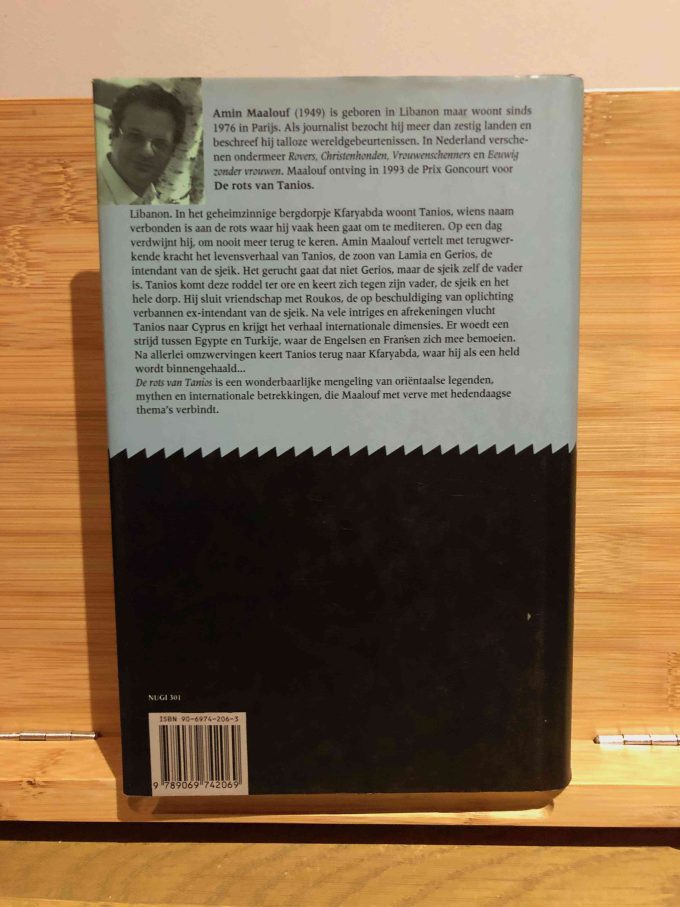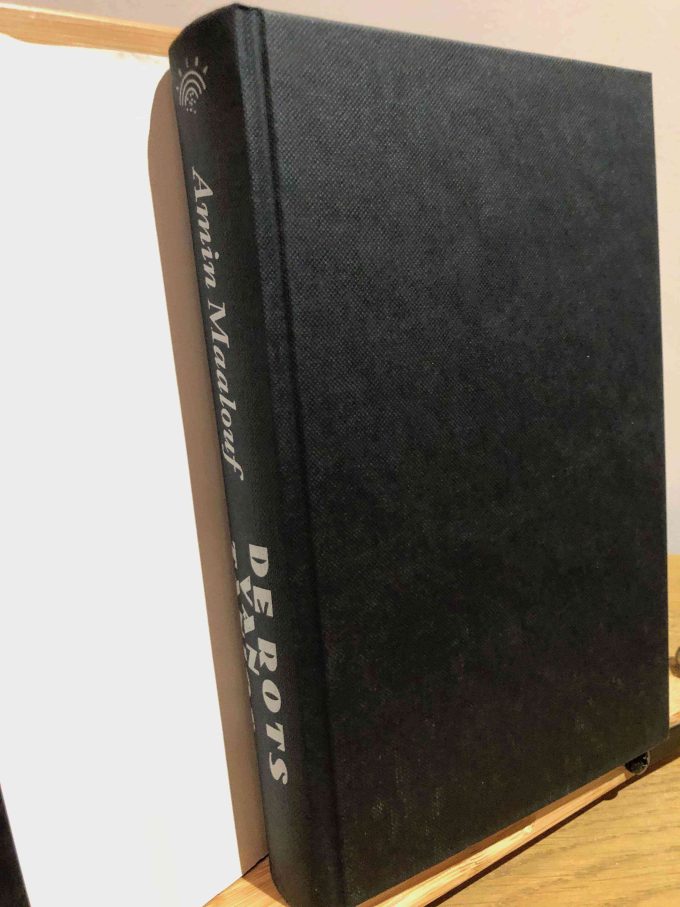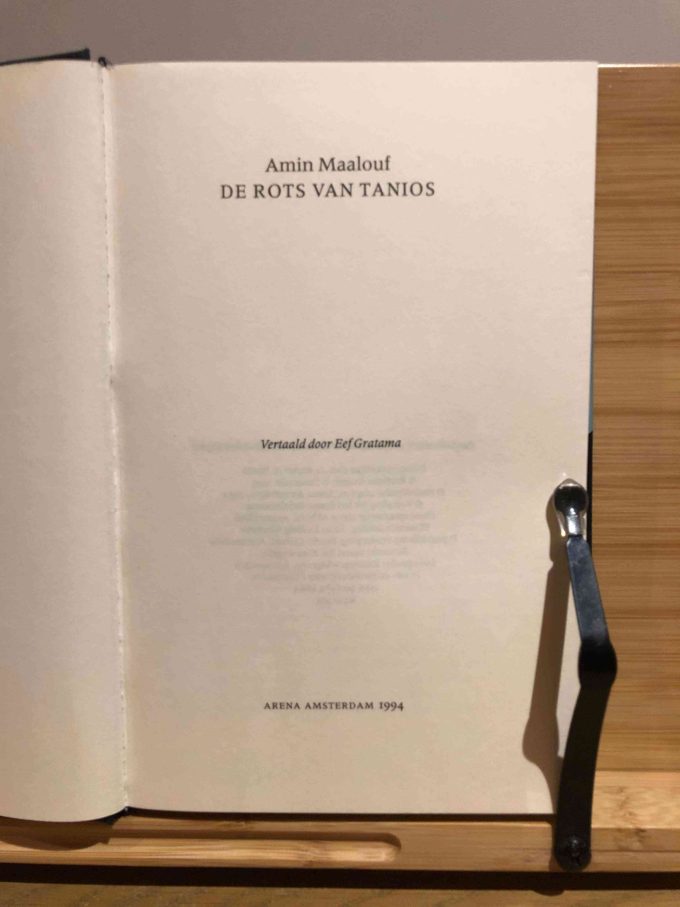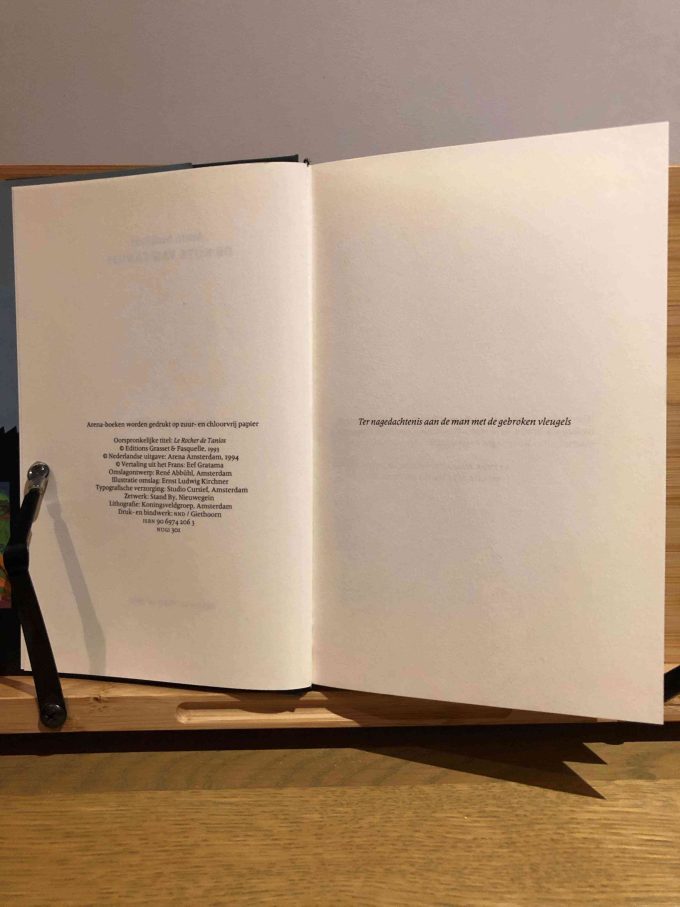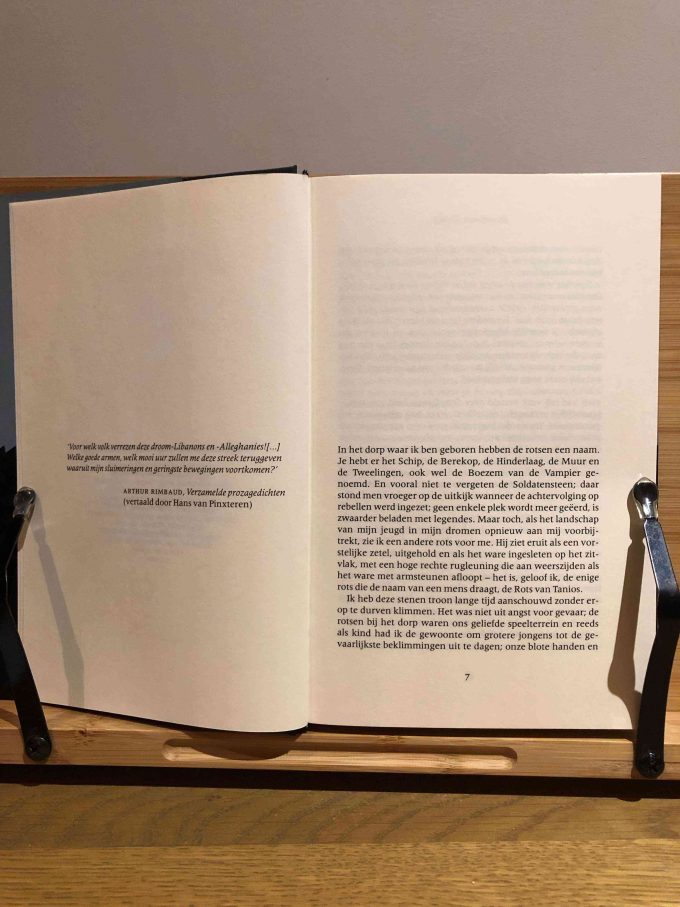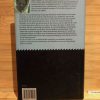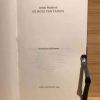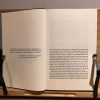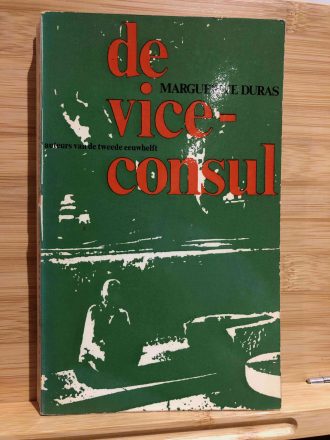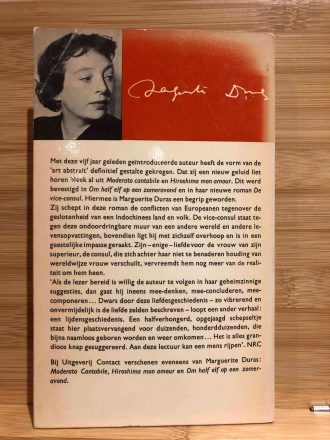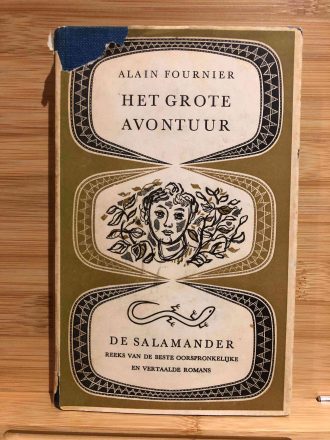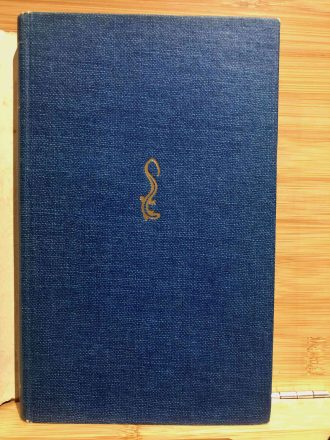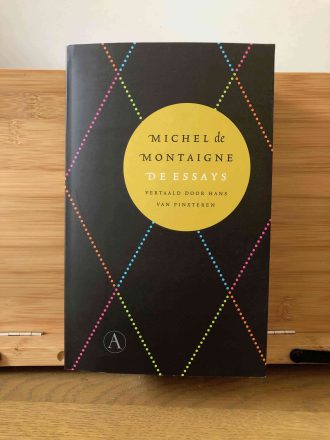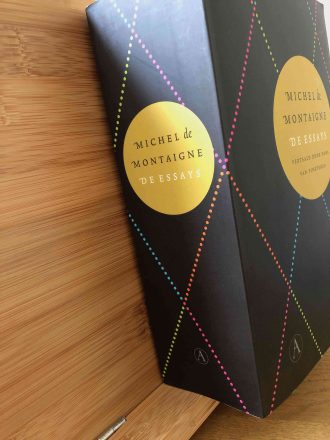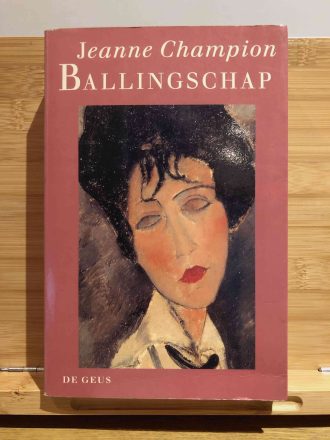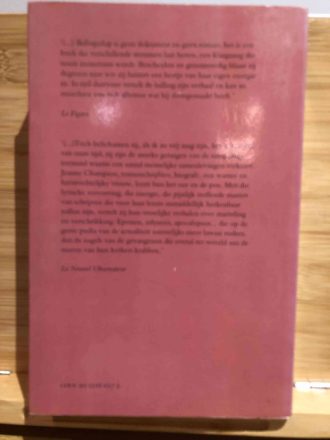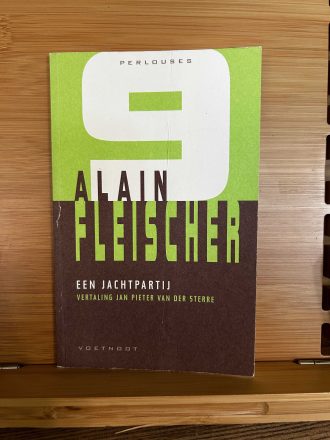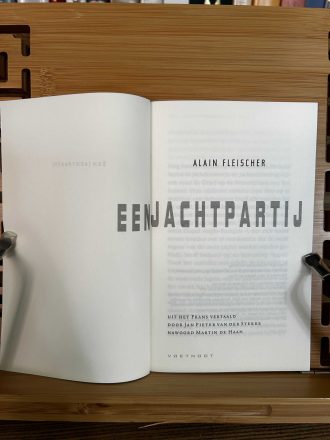Nederlands
De rots van Tanios vertelt het verhaal van Tanios, een mysterieuze figuur die zijn dorp voortdurend ongeluk brengt. Hij is de zoon van Lamia en Gerios, de intendant van de sjeik. Het gerucht gaat dat niet Gerios, maar de sjeik zijn verwekker is. Wanneer Tanios deze roddel hoort, keert hij zich tegen zijn vader, de sjeik en het hele dorp. Hij sluit vriendschap met Roukoz, de voormalige intendant die als rijke man is teruggekeerd na zijn verbanning wegens oplichting. Tanios is overgeleverd aan het lot, net zoals in Griekse tragedies. Hij veroorzaakt een oorlog tussen de christenen van zijn dorp en een naburige Druzengemeenschap, waarna hij spoorloos verdwijnt. Hiermee wordt de kiem gelegd voor de oorlog die Libanon nog zo lang zal teisteren.
De dramatische levensgeschiedenis van Tanios, zoon van de mooie Lamia. Zij wonen in een bergdorpje in Libanon terwijl de pasja van Egypte oorlog voert tegen de Osmanen. Na allerlei intriges (wie is zijn echte vader? de patriarch wordt vermoord) vlucht Tanios naar Cyprus. Hij komt terug als een held, maar verdwijnt op raadselachtige wijze voorgoed uit het dorp. Het boek is vrij geïnspireerd op een waargebeurd verhaal: de moord op een patriarch in de 19e eeuw. Maalouf, afkomstig uit Libanon, heeft veel geschreven, maar dit behoort zeker tot zijn betere boeken. Het kreeg de Prix Goncourt 1993. Een boeiend vertelde dorpskroniek, een mengeling van geschiedschrijving en fictie. Door de vetes in dit bergdorp kun je je voorstellen hoe politieke ontwikkelingen in een veel groter verband kunnen ontstaan.
Amin Maalouf, geboren op 25 februari 1949 in Beiroet, Libanon, is een Frans-Libanese schrijver en journalist. Zijn werk wordt gekenmerkt door een diepgaande verkenning van culturele identiteit, geschiedenis en de menselijke ervaring. Maalouf’s romans, vaak gesitueerd tegen de achtergrond van historische gebeurtenissen, combineren fictie met feitelijke geschiedschrijving.
English
The Rock of Tanios tells the story of Tanios, a mysterious figure who continuously brings misfortune to his village. He is the son of Lamia and Gerios, the steward of the sheikh. Rumor has it that the sheikh, not Gerios, is his real father. When Tanios hears this rumor, he turns against his father, the sheikh, and the entire village. He befriends Roukoz, the former steward who has returned as a wealthy man after being banished for fraud. Tanios is subject to fate, much like in Greek tragedies. He causes a war between the Christians of his village and a neighboring Druze community, after which he disappears without a trace. This event plants the seed for the war that will plague Lebanon for a long time.
The dramatic life story of Tanios, son of the beautiful Lamia. They live in a mountain village in Lebanon while the Pasha of Egypt wages war against the Ottomans. After various intrigues (who is his real father? the patriarch is murdered), Tanios flees to Cyprus. He returns as a hero but mysteriously vanishes from the village forever. The book is loosely based on a true story: the murder of a patriarch in the 19th century. Maalouf, originally from Lebanon, has written extensively, but this is certainly one of his better works. It received the Prix Goncourt in 1993. A fascinating village chronicle, blending history and fiction. Through the feuds in this mountain village, one can imagine how political developments can arise on a much larger scale.
Amin Maalouf, born on February 25, 1949, in Beirut, Lebanon, is a French-Lebanese writer and journalist. His work is characterized by a deep exploration of cultural identity, history, and the human experience. Maalouf’s novels, often set against the backdrop of historical events, combine fiction with factual history.
